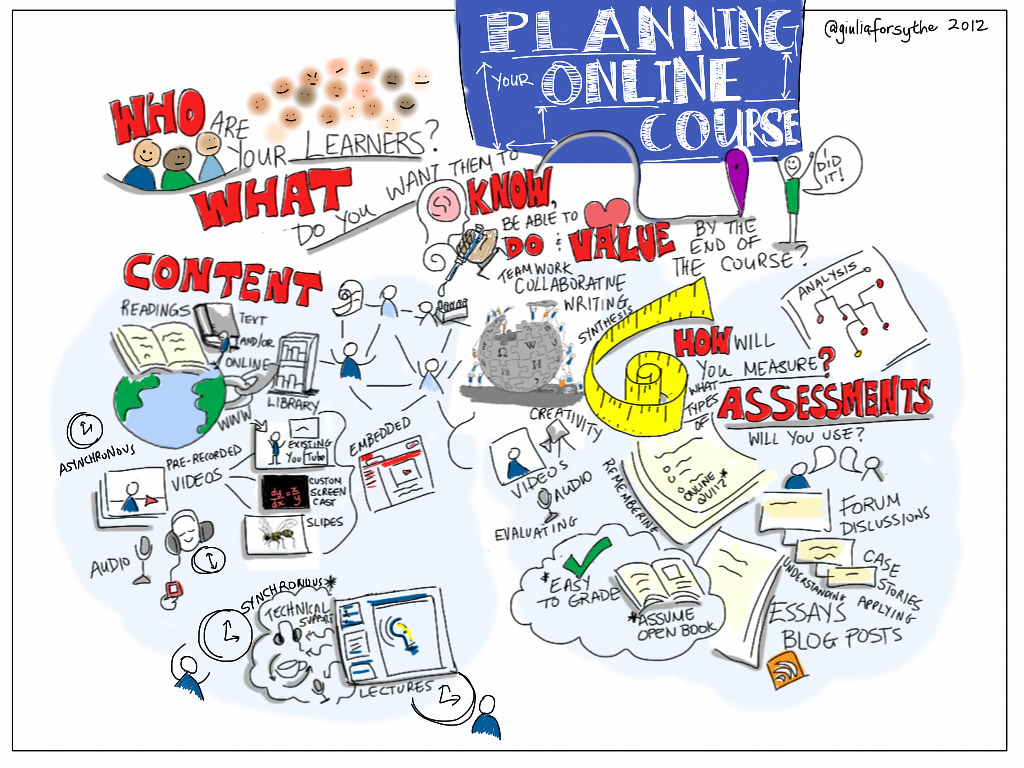After watching “An anthropological introduction to YouTube” I became more interested in the culture of participation that Wesch mentioned. In case you don’t know, participatory culture “is a culture in which private individuals (the public) do not act as consumers only, but also as contributors or producers”. For instance, instead of simply watching shows on the television, an individual can create a video and share it for others to watch on YouTube.
In his Ted Talk, Henry Jenkins described participatory culture as a rich form of informal learning that includes:
- “relatively low barriers to artistic expression and civic engagement”
- “strong support for creating and sharing one’s creations with others”
- “some type of informal mentorship whereby what is known by the most experienced is passed along to novices”
- “members that believe their contributions matter”
- “members that feel some degree of social connection with one another (at the least they care what other people think about what they have created)”
He also stated that “Not every member must contribute, but all must believe they are free to contribute when ready and that what they contribute will be appropriately valued”. Now, imagine if all students felt valued when contributing to a class discussion… that would be amazing wouldn’t it?!
Wesch describes the phenomenon of silly dancing videos on YouTube as a “celebration of new forms of empowerment” (4:53). He says this is because anyone with a webcam has more of a presence and more of a voice. I absolutely agree with this. When people post online, they feel they are important because chances are there is someone listening to them.
I absolutely see the value of the participatory culture. People feel empowered. People feel heard. People feel seen. It is important for people to feel this way! So if this a method for people to feel empowered, heard, or seen then I am all for it.
However, I think it is incredibly necessary to teach the differences between what is empowering and what is not at a young age. We need to teach about online safety at a very young age, as students are becoming involved online very early on in their childhoods. This presence of the internet can be so incredibly damaging to a young person’s self esteem, and it can be dangerous as well.
In the early elementary years, we need to teach students not only how to be safe online, but how to choose what to engage with. We need to help students to differentiate what makes them feel good and what does not! If we help students to recognize their own feelings, we can help them protect their mental health.
I definitely think that education will forever be changed after the pandemic and the major introduction to online school. There will always be students that enjoy face to face classes, but we are now more aware that some students are thriving in this online situation. The presence of technology in education will only increase from here on out.

In the past, the idea of online school seemed completely unrealistic. Today, however, most families have a computer that allows them to participate in e-learning with their teacher. We are no longer stuck in the days of chalk boards and overhead projectors. Most schools now have more than one computer lab, and often have access to desktops, laptops, and iPads.
It is fascinating to imagine what future classrooms will look like.